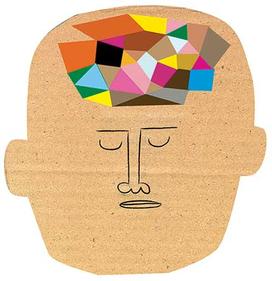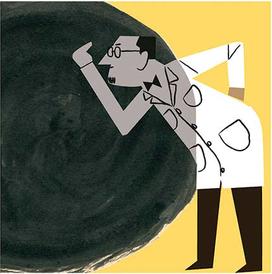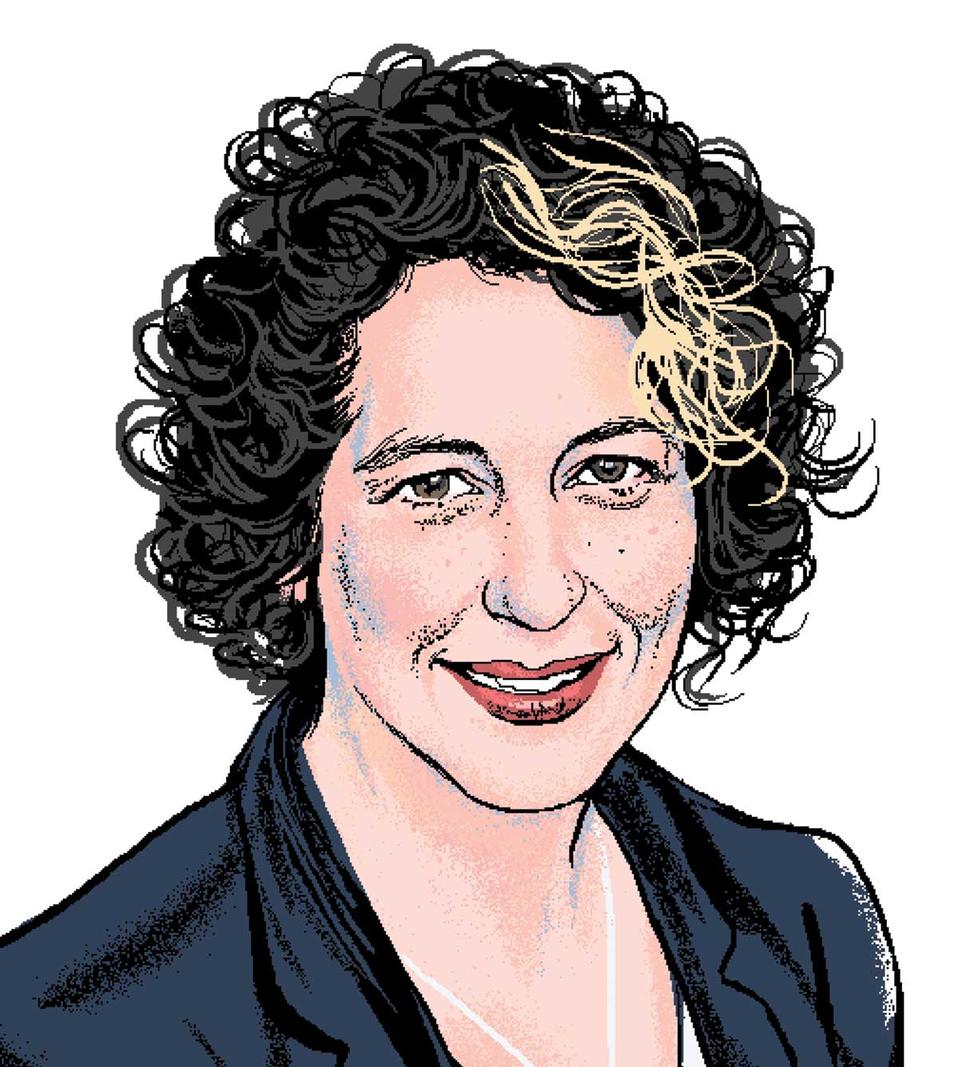From nature to science, Rachael DeLue felt free to explore different interests from an early age. “I come from a family that was always curious and wanting to expose me to new ideas and creative ways of thinking,” says the Portland, Oregon, native. “My childhood was one of a lot of exploration and imagination and creative outlets.”
DeLue credits her father, an artist who worked in the education department at a children’s museum, with showing her how to flex different intellectual muscles simultaneously. She might spend many hours in an art museum and then head off to compete for a mathematics award. The fact that art and math are often viewed as being on opposite ends of the academic spectrum “never occurred to me,” she says.
This interdisciplinary approach now permeates DeLue’s work at Princeton, where she focuses on the intersections of art and science as the Christopher Binyon Sarofim ’86 Professor in American Art and is chair of the art and archaeology department.
DeLue’s Work: A Sampling
Illustration: Mikel Casal
Illustration: Mikel Casal
Illustration: Mikel Casal















No responses yet